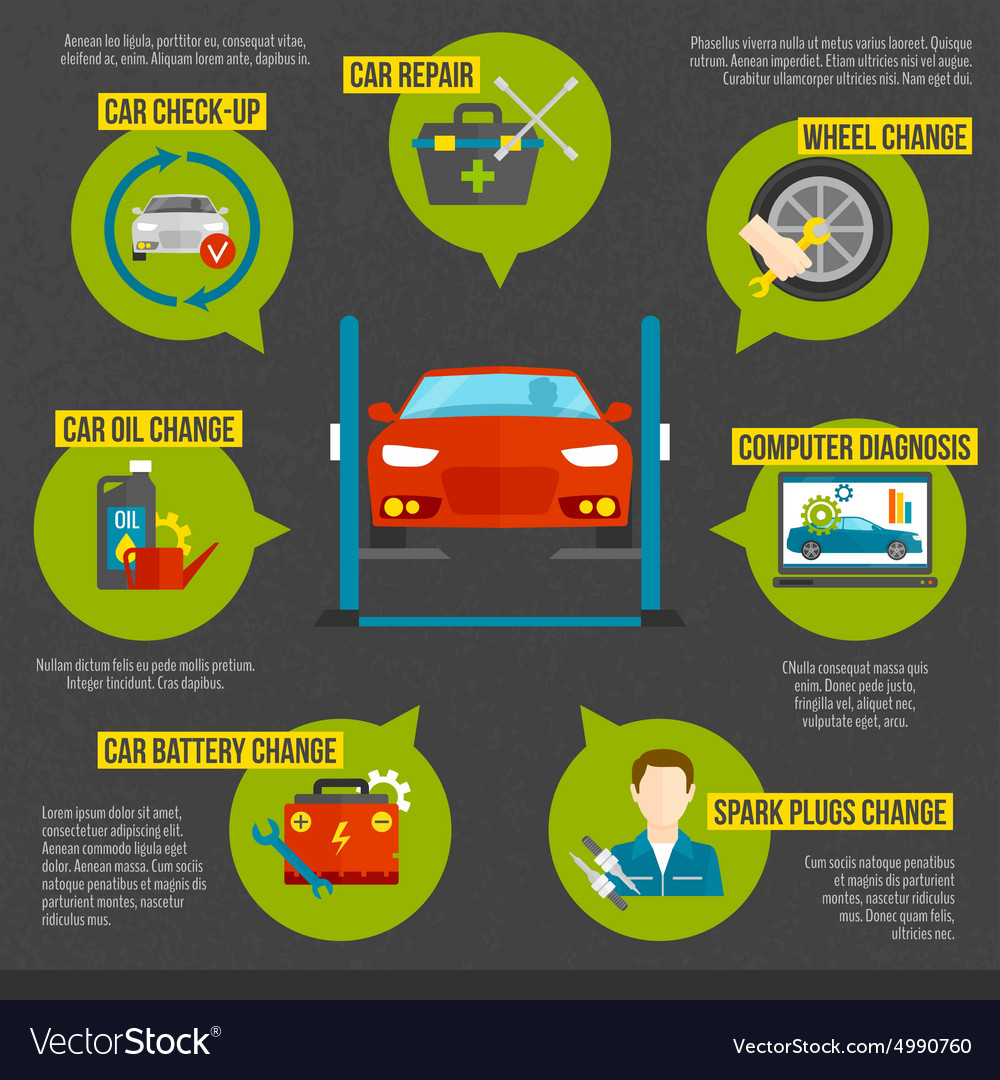Looking For Quality On The Warning Lights Presented On Your Auto'S Dashboard? Discover How They Relate To Your Lorry'S Health And Safety
Looking For Quality On The Warning Lights Presented On Your Auto'S Dashboard? Discover How They Relate To Your Lorry'S Health And Safety
Blog Article
boat detailer -Lim Kejser
When you're behind the wheel, those radiant warning lights on your control panel can be a bit difficult. Do you know what they're attempting to tell you about your vehicle's health? Recognizing the relevance of these lights is important for your safety and the durability of your automobile. So, the following time one of those lights appears, would not you want to analyze its message properly and take the required actions to address it?
Common Caution Lights and Interpretations
Recognize usual caution lights in your vehicle and recognize their definitions to make certain risk-free driving.
One of the most regular caution lights include the check engine light, which signifies issues with the engine or emissions system. If this light comes on, it's critical to have your lorry inspected immediately.
The oil stress alerting light shows low oil pressure, needing instant focus to stop engine damages.
A flashing battery light may recommend a malfunctioning billing system, potentially leaving you stranded if not attended to.
The tire stress surveillance system (TPMS) light signals you to low tire pressure, impacting vehicle security and fuel performance. Ignoring this could cause dangerous driving conditions.
https://oil-change-near-me07384.blogrenanda.com/37275771/get-ready-for-an-informative-exploration-of-the-phenomenal-auto-service-center-that-can-transform-your-technique-to-cars-and-truck-maintenance suggests a problem with the anti-lock stopping system, compromising your capacity to stop promptly in emergency situations.
Last but not least, the coolant temperature level cautioning light warns of engine getting too hot, which can lead to serious damage if not resolved quickly.
Recognizing these usual warning lights will help you resolve concerns immediately and preserve risk-free driving conditions.
Significance of Prompt Attention
Comprehending the usual caution lights in your car is just the very first step; the significance of promptly addressing these cautions can't be highlighted enough to ensure your safety and security when driving.
When a caution light brightens on your dashboard, it's your vehicle's means of communicating a possible issue that needs interest. Neglecting these warnings can bring about extra extreme problems down the road, compromising your safety and possibly costing you more out of commission.
Trigger focus to advising lights can protect against break downs and mishaps. As an example, a blinking check engine light could indicate a misfire that, if left neglected, might trigger damage to the catalytic converter. Addressing this quickly can conserve you from an expensive repair service.
In a similar way, a brake system cautioning light might signify reduced brake liquid or worn brake pads, vital components for your safety and security when driving.
DIY Troubleshooting Tips
If you observe a warning light on your dashboard, there are a few DIY troubleshooting pointers you can try prior to seeking professional assistance.
The first step is to consult your cars and truck's manual to comprehend what the details warning light suggests. Often the problem can be as easy as a loosened gas cap triggering the check engine light. Tightening the gas cap might resolve the issue.
Another common issue is a low battery, which can cause numerous warning lights. Checking the battery links for rust and ensuring they're secure may deal with the issue.
If a warning light continues, you can attempt resetting it by separating the cars and truck's battery for a few mins and afterwards reconnecting it. Additionally, checking your lorry's fluid degrees, such as oil, coolant, and brake liquid, can aid repair cautioning lights related to these systems.
Conclusion
In conclusion, comprehending your automobile's warning lights is crucial for maintaining your car running efficiently and safely. By immediately addressing these informs and recognizing what they imply, you can prevent costly fixings and prospective failures.
Bear in mind to consult your auto's handbook for specific details on each warning light and do something about it as necessary to make sure a trouble-free driving experience.
Keep notified, stay risk-free on the road!
